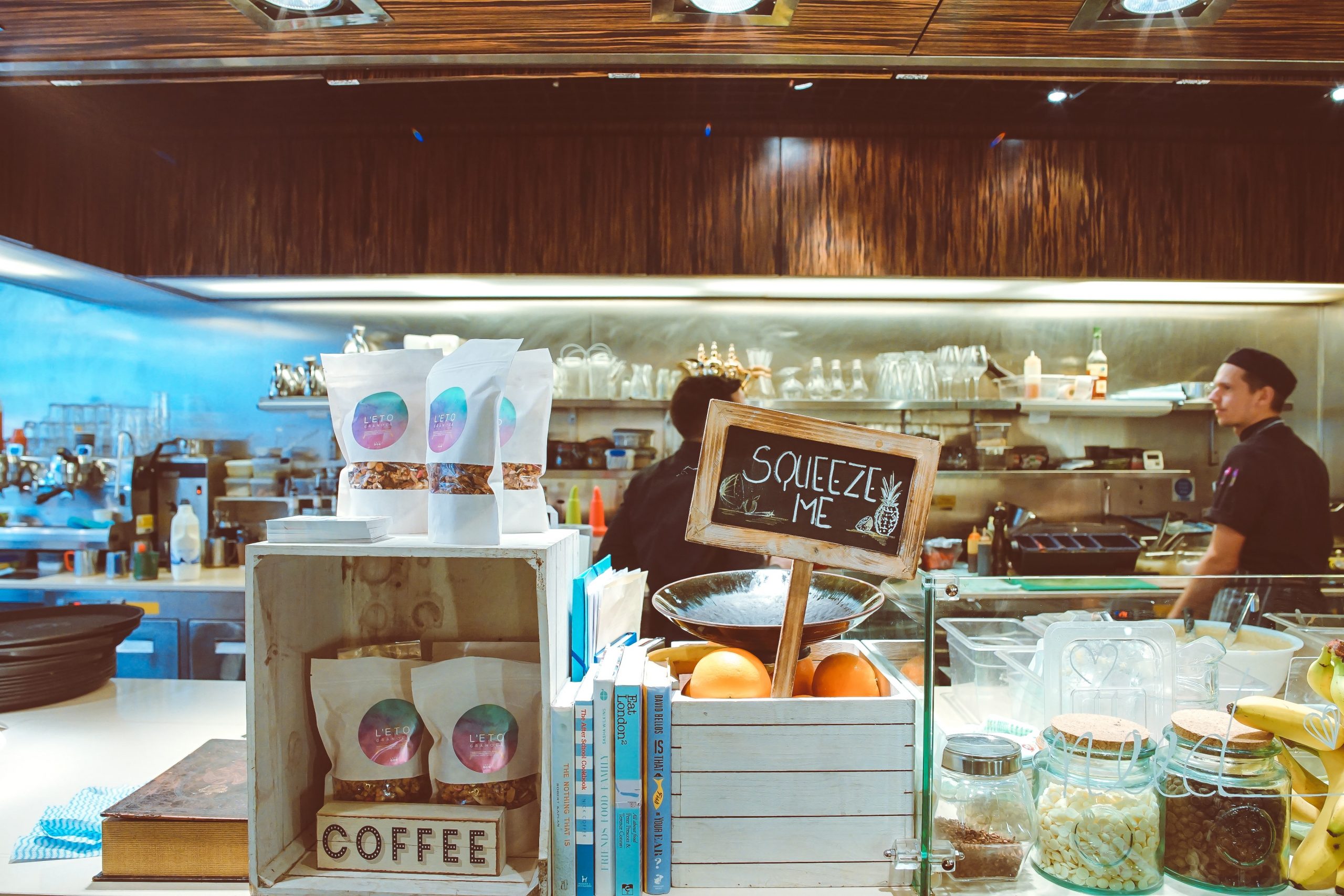President Signs New Bill Authorizing Additional Funding for PPP
Last week President Trump signed a new bill into law that provides an additional $310 billion in aid to small business owners that will be funneled into the Paycheck Protection Program (PPP) and the Economic Injury Disaster Loan program (EIDL) administered by the United States Small Business Administration (SBA).
As a recap, the PPP and EIDL was first introduced by the CARES Act (Coronavirus Aid, Relief, and Economic Security Act) to help small businesses keep workers on their payroll.
Out of the $310 additional funding, $60 billion will go toward the EIDL program, $250 billion will go toward PPP loans, and $60 billion will be set aside for community banks and community development financial institutions (CDFIs).
Additional funding was required because the first round of $349 billion in aid ran out after just a few weeks of the program being put into effect.
Small business owners who are still need of funds to help pay their company’s payroll costs should take advantage of the additional funding as soon as possible. Intense demand remains high for these forgivable-low interest loans, and funding will dry up quickly.
Recap of PPP
We covered the details of the PPP in our previous blog post, but here is a quick rundown of the program.
PPP is a loan forgiveness program that allows small businesses (of 500 or fewer employees) to apply for loans of (1) $10 million or (2) 2.5x the average total monthly payments of the company’s payroll costs, whichever is less.
The full principal amount of a PPP loan qualifies for complete loan forgiveness if:
1) the business was in operation on February 15, 2020 and either had (a) employees for whom you paid salaries and payroll taxes or (b) paid independent contractors as reported on Form 1099;
(2) all employees are kept on the payroll for 8 weeks and;
(3) the money is used for payroll costs, rent, mortgage interest, or utilities (at least 75% of the forgiven amount must have been used for payroll).
PPP loans cover all payroll costs, including costs for employee vacation, parental, family, medical, and sick leave.
What’s so great about PPP?
As stated above the complete full principal amount of a PPP loan can be forgiven. What’s more, there is no collateral or personal guarantees required to obtain a loan under the program, and loan payments are deferred for 6 months.
What’s even better—E-2 visa holders can apply and so can other non-immigrant visa holders! Remember applying for a stimulus loan is not prohibited by the public charge rule and is not one of the factors considered in the public charge analysis. More on that here.
How do I apply?
You can apply through any existing SBA 7(a) lender or through any federally insured depository institution, federally insured credit union, and Farm Credit System institution that is participating.
When can I apply?
SBA resumed accepting applications for PPP from participating lenders on April 27, 2020.
Read the PPP FAQ guide here.
What’s on the PPP application?
The PPP application asks for basic information about the business, average monthly payroll costs, number of employees, and applicant’s percentage of ownership. The application also asks a series of questions and requires the applicant to make several certifications.
Do I need to be a resident or U.S. Citizen to apply?
No you do not need to be a permanent resident or U.S. Citizen to apply. Visa holders qualify.
More on that here.
Will I be at risk of being a public charge is I take the money?
No. The public charge rule does not prohibit applying for stimulus loans.
More on that here.
What about the Economic Injury Disaster Loan? Can I apply for that too?
Yes, although new applications are not being accepted at this time they will be soon. Please check back here for further information on when SBA will accept new applications for EIDL.
What is the Economic Injury Disaster Loan?
The new bill includes additional funding for the Economic Injury Disaster Loan program (EIDL). This program allows small business owners to request an emergency loan advance in an amount of up to $10,000 which does not need to be repaid. This loan is most beneficial during times of economic crisis because the application process is quick, and the applicant can seek a loan advance after submitting the application.
How can I apply for the Economic Injury Disaster Loan?
When the SBA resumes accepting new applications, a borrower can apply for an Economic Injury Disaster Loan directly on the SBA website, without the need for an intermediary lender. Loan advances are also issued very quickly—within just three days of an approved application.
Is SBA processing EIDL applications that were already submitted?
SBA will resume processing EIDL Loan and Advance applications that are already in the queue on a first come, first-served basis. Then the EIDL portal will reopen and new applications will be accepted.
Are there other loans I might be eligible for?
Yes, there are numerous existing loan programs administered by the Small Business Administration that provide temporary financial assistance to small business owners. Please read our post here which discusses alternative loan programs in more detail.
We highly recommend our readers to read more about other resources available to small businesses during COVID-19 by clicking here.
Immigration and COVID-19 Resource Center
For further immigration information related to COVID-19 by visiting our Immigration and COVID-19 Resource Center here.
Follow our New Facebook Group for COVID 19 and EO Updates
We have created a new facebook group to address the impact of the executive order and other changing developments related to COVID-19. Follow us there.
 Visa Lawyer Blog
Visa Lawyer Blog


